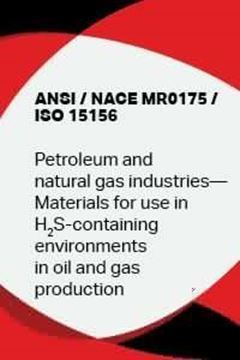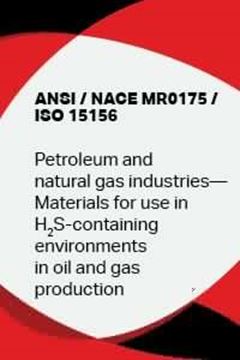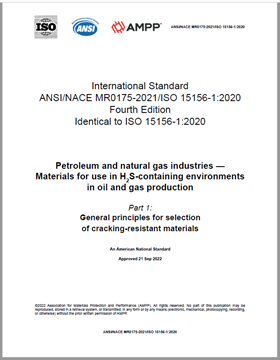Search
Products tagged with 'cold working'
View as
Sort by
Display
per page
ANSI/NACE MR0175/ISO 15156-2015
Product Number:
21307-SG
ISBN:
MR0175/ISO15156
Publication Date:
2015
$255.00
ANSI/NACE MR0175-2021/ISO 15156:2020
Product Number:
ANSI-NACE MR0175-2021
Publication Date:
2021
$495.00
Effect of Heat Treatment and Manufacturing Method on the Susceptibility to Hydrogen Induced Stress Cracking of UNS N06625
Product Number:
51324-20899-SG
Publication Date:
2024
$40.00
Effect Of Heat Treatment, Cold Working And Long-Term Ageing In Air On The Stress Corrosion Cracking Growth Rate In Simulated PWR Primary Water For Commercial TT
Product Number:
ED22-18356-SG
Publication Date:
2022
$20.00
Hydrogen Embrittlement of SS316L Instrument Tubing in a Hydroprocessing Unit
Product Number:
513020-14357-SG
Publication Date:
2020
$20.00
Hydrogen Embrittlement of SS316L Instrument Tubing in a Hydroprocessing Unit
Product Number:
51320-14357-SG
Publication Date:
2020
$20.00
Strain Hardened Austenitic Corrosion Resistant Alloys’ Susceptibility to Hydrogen Induced Stress Cracking
Product Number:
51323-19235-SG
Publication Date:
2023
$20.00








